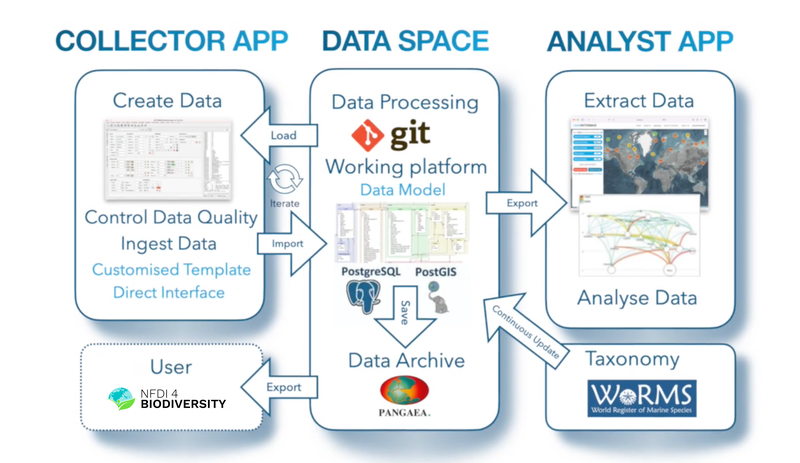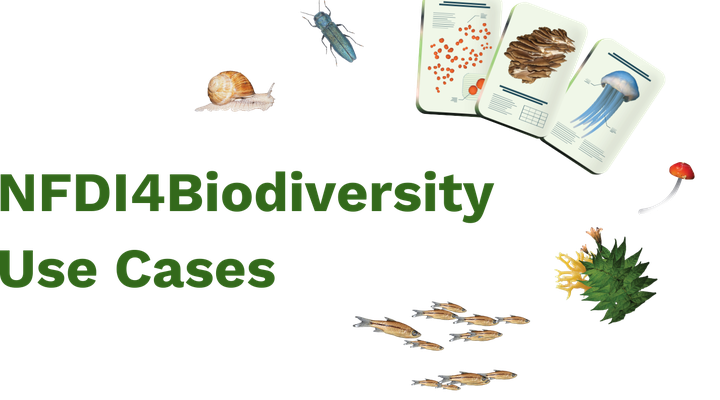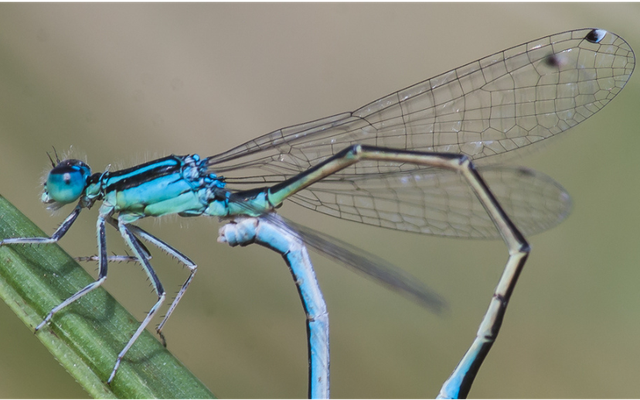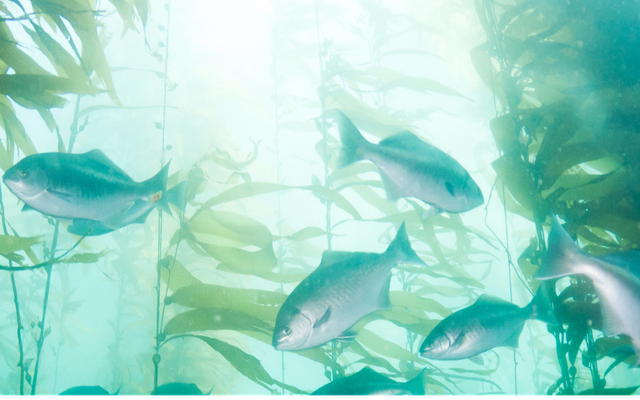CRITTERBASE
"At a time when human impact on marine ecosystems is increasing, their understanding, management and protection are of great importance. Scientists, decision makers, and the public therefore need a versatile tool to compile, synthesize, and manage data on marine biota in a transparent, efficient, and understandable manner with high quality assurance. To this end, the CRITTERBASE ecological information system is being further developed and linked to NFDI4Biodversity."
Thomas Brey (Former Head of the Department of Functional Ecology at the Alfred Wegener Institute Bremerhaven)
Über CRITTERBASE
CRITTERBASE is an open source software system developed by the Alfred Wegener Institute, Helmholtz Centre for Polar and Marine Research (AWI) and the Helmholtz Institute for Functional Marine Biodiversity (HIFMB) to help researchers manage sample-based biodiversity data.
CRITTERBASE is an open source system and consists of three main components, some of which have been further developed as part of the CRITTERBASE use case.
- Collector App (Client, Backend)
The Collector App is a platform-independent (macOS, Linux and Windows) client software developed in Python. With the Collector App, biological data can be checked for quality and stored in CRITTERBASE. - Data Space
The data is stored in the Data Space and made available for processing. In future, the archiving of data in the digital data repository for earth and environmental sciences, PANGAEA, will be supported. - Analyst App (Web Service, Frontend)
The Analyst App enables users to search for and extract data. In Zukunft wird die Analyst App auch verschiedene statistische Analyse- und Modellierungsverfahren zur Auswertung der Daten bereitstellen.

There is a global CRITTERBASE hosted by AWI and HIFMB that is publicly accessible via a web-based Analyst App. In addition, it is open to anyone and everyone to set up a local CRITTERBASE.

The data
The data stored via CRITTERBASE complies with the FAIR principles: They are findable, accessible, linkable and reusable. CRITTERBASE includes a variety of biotic data types, including counts, abundances, presence/absence data, as well as processing options for subsampling and different sampling methods.
Alle Daten durchlaufen eine strenge Qualitätskontrolle, die sowohl die Vorbereitung und das erstmalige Einlesen als auch die Überprüfung bereits importierter Daten umfasst. Mithilfe spezieller Puffertechnologie aktualisiert CRITTERBASE seine taxonomischen Informationen automatisch über das World Register of Marine Species (WoRMS) –
eine verlässliche und umfassende Namensliste mariner Organismen. Der Datenbestand in WoRMS wird von wissenschaftlichen Spezialist:innen für jede Organismengruppe herausgegeben und gepflegt. Darüber hinaus werden in CRITTERBASE sämtliche Änderungen protokolliert und archiviert.
The joint goal: further development of the functionalities and connection to NFDI4Biodiversity
In NFDI4Biodiversity, we are working together to further develop CRITTERBASE, focusing on the following aspects:
- data mobilization and standardization according to the FAIR principles:
- Extension of the CRITTERBASE data model to integrate additional datasets based on different sampling methods (e.g. datasets on pelagic net catches and sediment sampling tubes)
- Development of modules to support data mobilization and archiving of CRITTERBASE data in PANGAEA
- Development of a version concept for CRITTERBASE to ensure the traceability and reproducibility of the software used and the data
- Creation of documentation on the use of the CRITTERBASE Collector App
The working status
The Collector App and the Analyst App were further developed as part of the joint use case project in NFDI4Biodiversity. A central component of this development was, for example, the implementation of an interface for automatically updating taxonomic information via WoRMS.
The next steps include the continuous improvement of the software applications offered by CRITTERBASE and their documentation. We are also working on facilitating the transfer of data to the PANGAEA repository in order to enable the seamless connection and use of CRITTERBASE datasets in the Research Data Commons.
Explore CRITTERBASE
Contact
NFDI4Biodiversity
If you have questions about the CRITTERBASE use case, please contact Use Case Manager Christoph Schomburg, University of Kassel (c.schomburg@uni-kassel.de).
CRITTERBASE
General questions about CRITTERBASE can be addressed to Katharina Teschke (katharina.teschke@awi.de) technical questions to Paul Kloss (paul.kloss@awi.de).
Publications
Dannheim, J., Kloss, P., Vanaverbeke, J. et al. (2025): Biodiversity Information of benthic Species at ARtificial structures – BISAR. Scientific Data, 12, 604, https://doi.org/10.1038/s41597-025-04920-1
Piepenburg, D., Brey, T., Teschke, K. et al. (2024): PANABIO: a point-referenced PAN-Artic data collection of benthic BIOtas. Earth System Science Data, 16(3), 1177-1184, https://doi.org/10.5194/essd-16-1177-2024
Teschke, K., Kraan, C., Kloss, P. et al. (2022): CRITTERBASE, a science-driven data warehouse for marine biota. Scientific Data, 9, 483, https://doi.org/10.1038/s41597-022-01590-1
Kloss, P., Teschke, K., Dannheim, J., Koppe, R., Kraan, C., Piepenburg, D., and Brey, T. (2021): The Collector App for CRITTERBASE, a science-driven data warehouse for marine biota (4.4.4). Zenodo, https://doi.org/10.5281/zenodo.5724021
Explore other Use Cases
What is the potential of NFDI4Biodiversity? This is illustrated by our use cases: real-life projects in which we develop solutions for better data management and provision.

Dragonfly Atlas
About two million dragonfly data, which should also be available for research and nature conservation – this is what we are working on with the dragonfly enthusiasts of the GdO.

Land use monitor
Visualizable long-term data on land use can enrich biodiversity research enormously. Together with the IOER, we are integrating them into NFDI4Biodiversity.

Fish Atlas
The GfI fishologists have more than 100,000 data sets on regional fish species at their disposal. Together, we make them easier to find and thus more accessible.